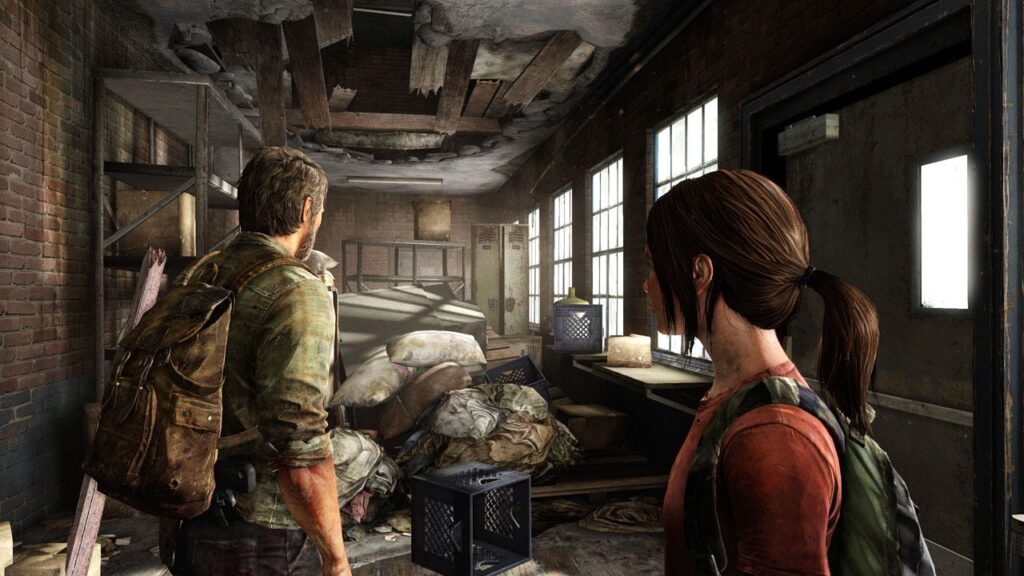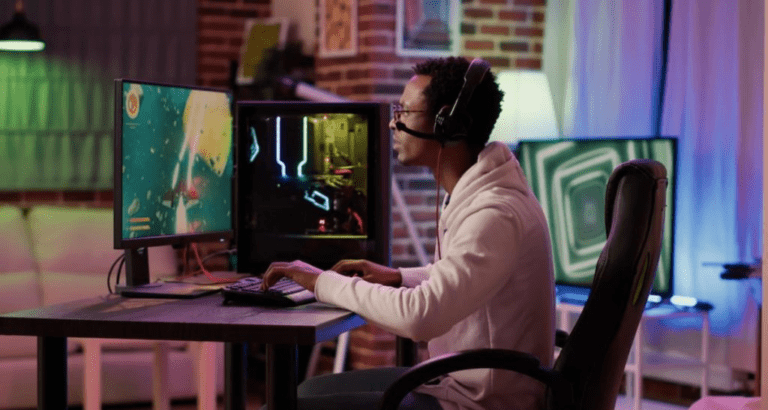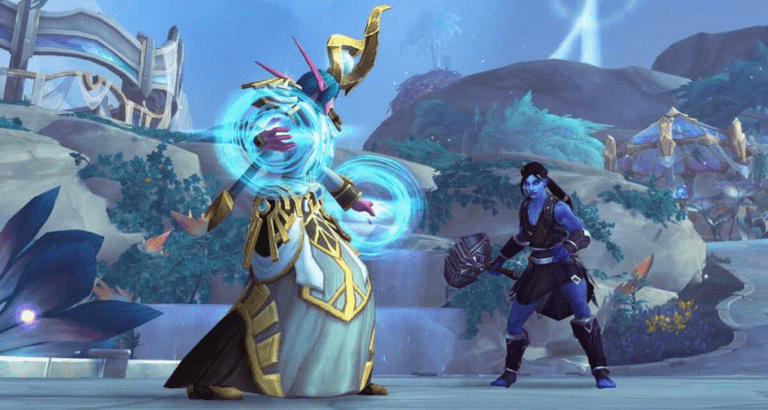Takeaway
Integrating cinematic video elements into 3D games significantly enhances player immersion, emotional engagement, and narrative depth, ultimately leading to a more compelling gaming experience.
Introduction
In the rapidly evolving landscape of video game development, the integration of cinematic elements has emerged as a pivotal strategy for enhancing player experience. As 3D games continue to push the boundaries of technology and storytelling, the use of video content—ranging from cutscenes to in-game cinematics—has become a crucial component in creating immersive worlds. This article delves into the multifaceted ways in which videos can elevate player experience in 3D games, exploring the technical aspects, narrative implications, and emotional resonance that these elements bring to the gaming experience.
The Role of Cinematics in Game Design
Cinematics serve as a bridge between gameplay and storytelling, providing players with a narrative context that enriches their experience. Unlike traditional gameplay, which often focuses on mechanics and objectives, cinematic sequences allow developers to convey complex narratives, character development, and emotional arcs in a visually compelling manner. According to a study by the International Game Developers Association (IGDA) published in 2022, 78% of players reported that engaging storylines significantly enhance their gaming experience (IGDA, 2022).
Enhancing Immersion through Visual Storytelling
One of the primary advantages of incorporating videos into 3D games is the heightened sense of immersion they provide. High-quality cinematics can transport players into the game world, allowing them to experience the narrative from a first-person perspective. This is particularly effective in genres such as role-playing games (RPGs) and action-adventure titles, where players often form emotional connections with characters and storylines.
For instance, games like The Last of Us Part II utilize cinematic sequences to deepen player engagement. The seamless transition between gameplay and cutscenes creates a cohesive narrative flow, allowing players to feel as though they are part of the story rather than mere observers. This technique not only enhances immersion but also reinforces the emotional stakes of the narrative, making players more invested in the outcomes of their choices.

Cinematic scenes make The Last of Us II more engaging.
Technical Considerations for Implementing Cinematics
From a technical standpoint, integrating cinematic videos into 3D games requires careful consideration of various factors, including rendering techniques, frame rates, and asset management. Developers must ensure that the quality of the cinematics aligns with the overall visual fidelity of the game. This often involves using advanced rendering techniques such as real-time ray tracing, which enhances lighting and shadow effects, creating a more realistic visual experience.
Moreover, the choice of video format is crucial. While pre-rendered videos can offer stunning visuals, they may lack the interactivity that players expect from modern games. On the other hand, real-time cinematics, generated using the game engine, allow for greater flexibility and interactivity. This approach enables developers to create dynamic sequences that can adapt to player choices, further enhancing immersion.
Narrative Depth and Character Development
Cinematic videos play a vital role in character development and narrative depth. Through carefully crafted cutscenes, developers can explore the backstories of characters, their motivations, and their relationships with other characters. This depth adds layers to the gameplay experience, allowing players to form emotional connections with the characters they control.
For example, in God of War, the use of cinematics not only advances the plot but also delves into the complexities of the protagonist’s relationships with his son and other characters. These moments of vulnerability and conflict are crucial for building empathy and understanding, making players more invested in the characters’ journeys. As a result, players are more likely to engage with the game’s themes and messages, leading to a more meaningful experience.
Emotional Engagement through Cinematic Techniques
The emotional impact of cinematic videos cannot be overstated. Techniques such as camera angles, pacing, and music can evoke specific feelings in players, enhancing their overall experience. For instance, a slow-motion sequence accompanied by a poignant score can heighten tension during critical moments, while a rapid montage can create excitement and urgency.
Research conducted by the University of Southern California’s Interactive Media & Games Division in 2021 found that players who experienced emotionally charged cinematics reported higher levels of satisfaction and engagement (USC, 2021). This underscores the importance of leveraging cinematic techniques to create memorable moments that resonate with players long after they have finished the game.
Balancing Gameplay and Cinematics
While the integration of cinematic videos can significantly enhance player experience, it is essential to strike a balance between gameplay and cinematics. Over-reliance on cutscenes can disrupt the flow of gameplay, leading to frustration among players who prefer interactive experiences. Developers must carefully consider the pacing of their games, ensuring that cinematic sequences complement rather than detract from gameplay.
One effective approach is to use interactive cinematics, where players can make choices that influence the direction of the narrative. This technique not only maintains player agency but also encourages replayability, as players may wish to explore different outcomes based on their decisions. Games like Detroit: Become Human exemplify this approach, allowing players to shape the story through their choices while still enjoying the benefits of cinematic storytelling.

Detroit: Become Human highlights narratives with interactive cinematic choices.
Future Trends in Cinematic Integration
As technology continues to advance, the future of cinematic integration in 3D games looks promising. Innovations such as virtual reality (VR) and augmented reality (AR) are opening new avenues for immersive storytelling. In VR environments, players can experience cinematics from a first-person perspective, further blurring the lines between gameplay and narrative.
Additionally, advancements in artificial intelligence (AI) are enabling developers to create more dynamic and responsive cinematic sequences. AI-driven characters can adapt their behavior based on player choices, leading to more personalized and engaging experiences. This level of interactivity is likely to redefine how players engage with narratives in 3D games.
Conclusion
In conclusion, the integration of cinematic videos into 3D games is a powerful tool for enhancing player experience. By elevating immersion, deepening narrative depth, and fostering emotional engagement, developers can create compelling gaming experiences that resonate with players. As technology continues to evolve, the potential for innovative cinematic techniques will only expand, offering exciting opportunities for game developers to explore. The key takeaways from this exploration include:
- Cinematics enhance immersion and emotional engagement.
- Technical considerations are crucial for seamless integration.
- Character development and narrative depth are enriched through cinematic storytelling.
- Balancing gameplay and cinematics is essential for player satisfaction.
- Future trends in VR and AI will further revolutionize cinematic integration.
By embracing the cinematic edge, game developers can create unforgettable experiences that captivate players and elevate the art of storytelling in gaming.

